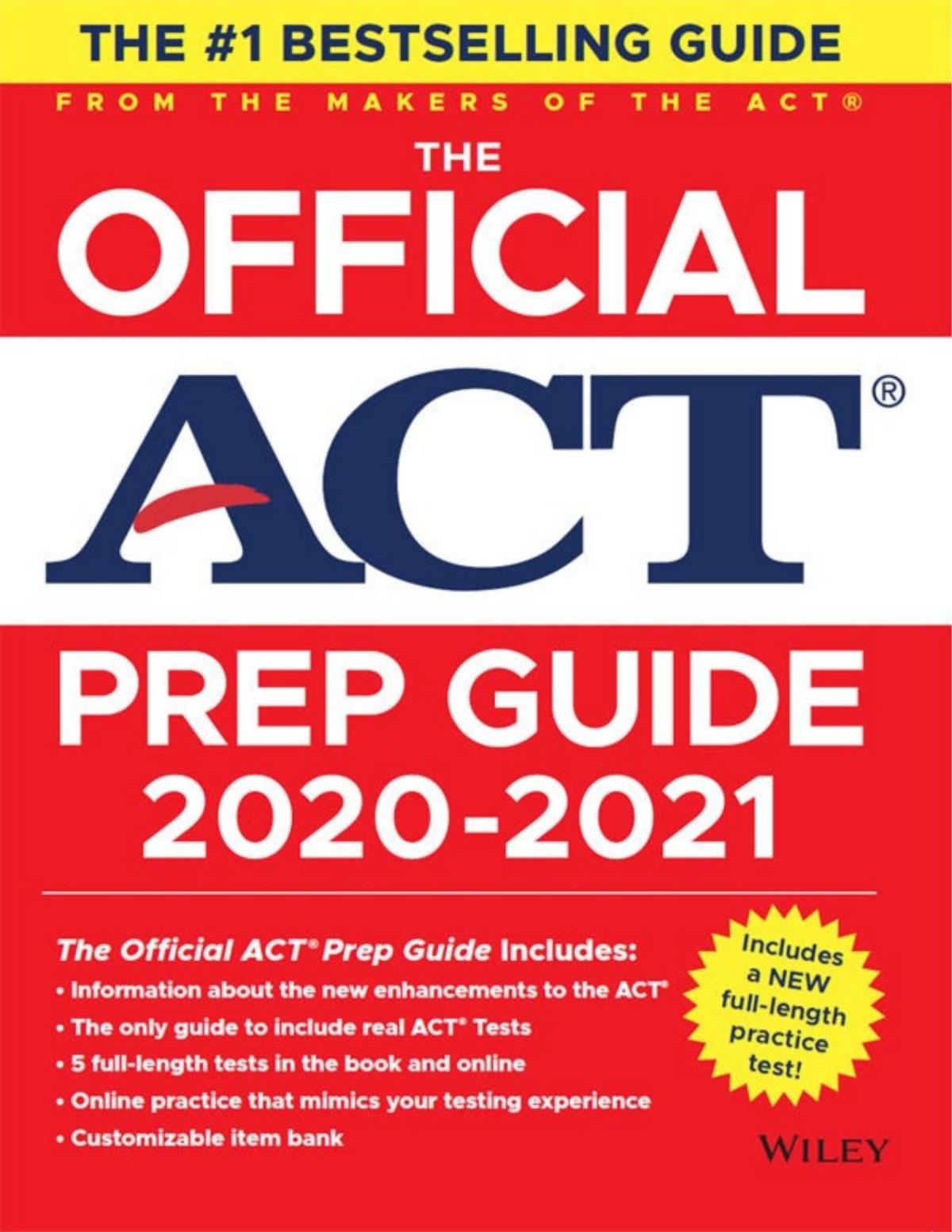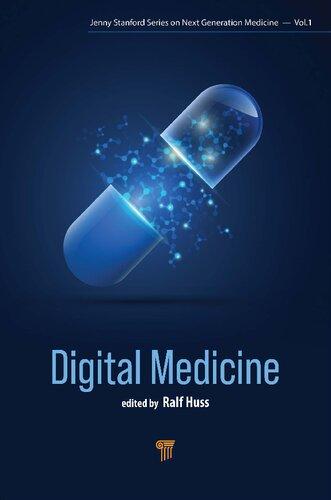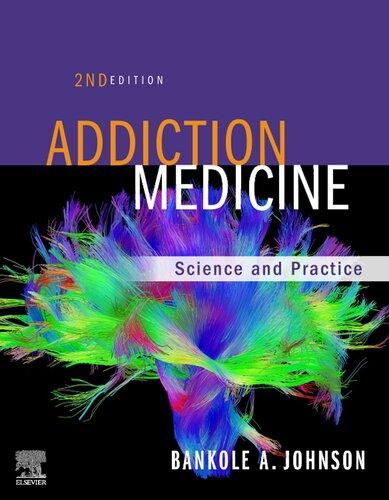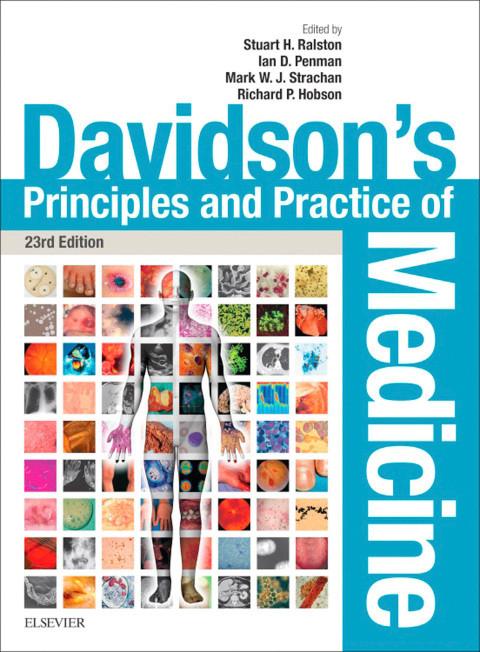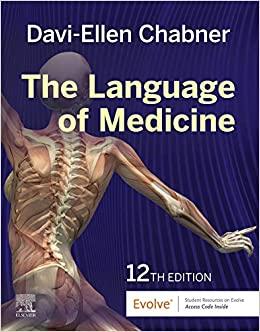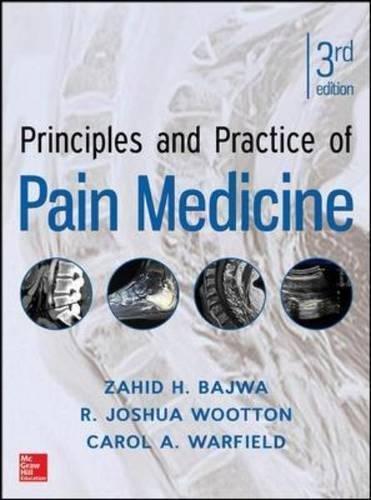An overview of OET
About OET
OET is an international English language test that assesses the language proficiency of healthcare professionals seeking to register and practise in an English-speaking environment. It provides a validated, reliable assessment of all four language skills – listening, reading, writing and speaking – with the emphasis on communication in healthcare professional settings.
OET tests candidates from the following 12 health professions: Dentistry, Dietetics, Medicine, Nursing, Occupational Therapy, Optometry, Pharmacy, Physiotherapy, Podiatry, Radiography, Speech Pathology and Veterinary Science.
Candidates are encouraged to prepare thoroughly for their OET test.
Language proficiency and test taking skills
For more information about OET including the latest test dates and a complete list of test locations and preparation providers, as well as access to our free test preparation package Start for Success, visit the OET website: www.occupationalenglishtest.org
About the test
OET assesses listening, reading, writing and speaking.
There is a separate sub-test for each skill area. The Listening and Reading sub-tests are designed to assess the ability to understand spoken and written English in contexts related to general health and medicine. The sub-tests for Listening and Reading are common to all professions.
The Writing and Speaking sub-tests are specific to each profession and are designed to assess the ability to use English appropriately in the relevant professional context.
Sub-test (duration) Content
Listening (45 minutes)
Reading (60 minutes)
Writing (45 minutes)
Speaking (20 minutes)
3 tasks Common to all 12 professions
3 tasks Common to all 12 professions
1 task Specific to each profession
2 tasks Specific to each profession
Shows candidates can:
follow and understand a range of health-related spoken materials such as patient consultations and lectures.
read and understand different types of text on health-related subjects.
write a letter in a clear and accurate way which is relevant for the reader.
effectively communicate in a real-life context through the use of role plays.
Listening sub-test
The Listening sub-test consists of three parts, and a total of 42 question items. You will hear each recording once and are expected to write your answers while listening. All three parts take 45 minutes to complete. The Listening sub-test has the following structure:
Part A – consultation extracts
Part A assesses your ability to identify specific information during a consultation. You will listen to two five-minute health professional-patient consultations and you will complete the health professional’s notes using the information you hear.
Part B – short workplace extracts
Part B assesses your ability to identify the detail, gist, opinion or purpose of short extracts from the healthcare workplace. You will listen to six one-minute extracts (e.g. team briefings, handovers, or health professional-patient dialogues) and you will answer one multiple-choice question for each extract.
Part C – presentation extracts
Part C assesses your ability to follow a recorded presentation or interview on a range of accessible healthcare topics. You will listen to two different five-minute extracts and you will answer six multiplechoice questions for each extract.
Reading sub-test
The Reading sub-test consists of three parts, with a total of 42 question items. You are given 60 minutes to complete all three parts (15 minutes for Part A and 45 minutes for Part B and Part C). The Reading sub-test has the following structure:
Part A – expeditious reading task
Part A assesses your ability to locate specific information from four short texts in a quick and efficient manner. The four short texts relate to a single healthcare topic, and you must answer 20 questions in the allocated 20 questions consist of matching, sentence completion and short answer questions.
Part B and Part C – careful reading tasks
Part B assesses your ability to identify the detail, gist or purpose of six short texts sourced from the healthcare workplace (100-150 words each). The texts might consist of extracts from policy documents, hospital guidelines, manuals or internal communications, such as email or memos. For each text, there is one three-option multiple-choice question.
Part C assesses your ability to identify detailed meaning and opinion in two texts on a topic of interest to healthcare professionals (800 words each). For each text, you must answer eight four-option multiple choice questions.
Writing sub-test
The Writing sub-test consists of one profession specific task based on a typical workplace situation. The writing test takes 45 minutes to complete - 40 minutes to write your letter and 5 minutes at the start to read the case notes on which to base you writing. The Writing sub-test has the following structure:
The task is to write a letter, usually a referral letter but sometimes a different type of letter such as a letter of transfer or discharge.
Along with the task instructions, you will receive stimulus material (case notes and/or other related documentation) which includes information to use in your response.
Speaking sub-test
The Speaking sub-test consists of two profession specific role-plays and is delivered individually. It takes around 20 minutes to complete. In each role-play, you take your professional role (for example, as a nurse or as a pharmacist) while the interlocutor plays a patient, a client, or a patient’s relative or carer. For veterinary science, the interlocutor is the owner or carer of the animal. The Speaking sub-test has the following structure:
In each Speaking test, your identity and profession are checked by the interlocutor and there is a short warm-up conversation about your professional background. Then the role-plays are introduced one by one and you have 3 minutes to prepare for each. The role-plays take about five minutes each.
You receive information for each role-play on a card that you keep while you do the role-play. The card explains the situation and what you are required to do. You may write notes on the card if you want. If you have any questions about the content of the role-play or how a role-play works, you can ask them during the preparation time.
You are a new patient to this practice. Following a week of epigastric pain (in the stomach and abdominal area), your doctor ordered a barium meal test for you. You have come back for the result. You are worried about the possibility of cancer. You had a similar episode of pain five years ago but took the prescribed anti-ulcer tablets for only two weeks.
• Express your anxiety about the condition. Could you have prevented the current episode of illness by having completed a longer course of treatment five years ago?
• Insist on knowing what a gastroscopy involves. You don’t like the sound of it at all.
• Be difficult to reassure. You want to know all the possible causes of this pain, including cancer or other non-malignant causes.
Sample role-play
Sample role-play
NO. 1 MEDICINE
Suburban General Practice
DOCTOR The patient has a recurrence of epigastric pain. The barium meal which you ordered shows an ulcer on the lesser curve of the stomach which may be malignant. He/she is a new patient to your practice and you have no details of previous epigastric pain.
• Explain the findings to the patient and the possibility of malignancy.
• Question the patient about previous episodes of epigastric pain.
• Advise that you will need to refer him/her urgently for a gastroscopy for a definite diagnosis. Explain the procedure as simply as possible.
• Find out what information about the condition the patient wants now. Try to reassure the patient by mentioning other possible, non-malignant causes (e.g., ulcer, indigestion, etc.).
Sample role-play
The role-plays are based on typical workplace situations and reflect the demands made on a health professional in those situations. The interlocutor follows a script so that the Speaking test structure is similar for each candidate. The interlocutor also has detailed information to use in each role-play. Different role-plays are used for different candidates at the same test administration.
Test taker’s guide to OET
Listening
Part A
Remember, in Part A you listen to a recording of 2 consultations between a health professional and a patient (dialogue). You take notes while you listen. This part of the test usually lasts around 15 minutes. Before you attempt the Practice Test, consider some important tips below.
Do
» Use the sub-headings to guide you .
» Give specific rather than general information from the recording.
Don’t
» Jump ahead or back: the gaps follow the sequence of the recording.
» Write full sentences: a word or short phrase is sufficient.
» Don’t waste valuable time using an eraser to correct a mistake if you make one. Simply cross out any words you don’t want the person marking your paper to accept; this takes a lot less time and you will not be penalised.
Part B
Remember, in Part B you listen to six recorded extracts from the healthcare workplace. You answer one multiplechoice question for each extract. This part of the test usually lasts around 10 minutes.
Do
» Read the contextual information for each extract to understand the interaction you will hear.
» Read through each question carefully.
» Mark your answers on this Question Paper by filling in the circle using a 2B pencil.
Don’t
» Select your answer until you have heard the whole extract.
» Fill in more than one circle on the Question Paper as the scanner will not be able to recognise your answer and you will not receive any marks for that question.
Part C
Remember, in Part C you listen to 2 recordings of a recorded presentation or interview on a health-related issue. You will answer six multiple-choice questions for each recording while you listen. This part of the test usually lasts around 15 minutes. Before you attempt the Practice Test, consider some important tips below.
Do
» Read through each question carefully.
» Mark your answers on this Question Paper by filling in the circle using a 2B pencil.
Don’t
» Wait for key words in the question or answer options to be said in the recording. The speaker(s) will often use synonyms of the words you read.
» Fill in more than one circle on the Question Paper as the scanner will not be able to recognise your answer and you will not receive any marks for that question.
General
» Have a spare pen or pencil ready just in case.
» Stay relaxed and receptive – ready to listen.
» Focus on listening and understanding then recording your answer.
» Demonstrate that you have understood the recording (as well as heard it).
» Take a sample test under test conditions beforehand so you know what it feels like.
» Don’t be distracted by what is going on around you (e.g., sneezing, a nervous candidate at the next desk)
» When the recording starts, use the time allowed to look through the questions carefully, scanning the headings and questions so you know what to listen out for.
» Use common abbreviations and symbols.
» Write clearly; don’t make it difficult for the assessor to read your responses as you may not get all the marks you could.
» Don’t lose your place during the test; remain focused on each question.
Checking at the end
» Think twice about going back to change something – it may be better to leave what you wrote the first time if you are not sure.
» Don’t leave any blanks; have a guess at the answer.
Developing your listening skills
» You should practise listening to English delivered at natural speed in a variety of voices and contexts. Learners who do this regularly are more confident at extracting key information and gist meaning, even when they are not able to decode every single word or phrase. Make sure you are exposed to speakers of different ages and backgrounds, and to the language of different contexts (e.g., informal discussions, formal lectures, etc.).
» Although it is useful to practise exam techniques by using exam materials and course books, you should also use real-life sources to develop your listening skills. You can find a variety of authentic sources for free on the internet, particularly in the form of training videos and professional development talks.
» Practise dealing with listening texts in a variety of ways. For example, you can listen to a text once for the gist, and produce a summary of the main ideas or attitudes expressed by the speakers. You can then listen to the same text a second time in order to retrieve specific information or to focus on useful language.
» At a high level in OET Listening, it is not enough to be able to pick out particular words or specific details. You need to be able to understand the overall meaning of what the speakers are saying. It is important to practise following a speaker’s line of argument and identifying his/her opinion or attitude.
What to expect in the test
» The instructions for each task are given on the question paper, and you will also hear them on the recording. They give you information about the topic and the speakers, and tell you about the type of task you have to do.
» There is a pause before each section to give you time to read through and think about the questions. Use the time to familiarise yourself with the task and start to predict what you are likely to hear.
» Use the task on the paper to guide you through the recording as you answer the questions.
Reading
Part A
Remember, in Part A you locate specific information from four short texts related to a single healthcare topic. You have 15 minutes to answer 20 questions. Before you attempt the Practice Test, consider some important tips below.
Do
» Keep the Text Booklet open in front of you so that you can see all the texts and the answer booklet at the same time. You need to be able to move between the different texts quickly and easily.
» Use the headings and layout of the short texts to get a quick initial idea of the type of information they contain and how they are organised. This will help you select which text you need for each section of the test.
» For short answer and sentence completion questions, use the statement to find out what type of information you need and decide which of the short texts is likely to contain that information. Then navigate to the relevant part of the text.
» Use correct spelling: incorrectly spelt answers do not receive any marks. You may use either British or American spelling variations (e.g. anemia and anaemia are both acceptable).
Don’t
» The answers for Part A need to be consistent with the information of the texts. It is not a good strategy to use your professional background knowledge to answer Part A and avoid skimming and scanning the text.
» Use words with similar meaning to words in the texts. These words are known as synonyms.
» Waste valuable time using an eraser to correct a mistake if you make one. You may, for example, accidentally include an extra word or write the wrong word in the wrong space. Simply cross out any words you don’t want the assessor marking your paper to accept; this takes a lot less time and you will not be penalised.
» Begin Part A by simply reading all texts from beginning to end as this will waste valuable time. Use the questions to guide you to which text to read first.
Part B
Remember, in Part B you answer one multiple-choice question about six short texts sourced from the healthcare workplace. The combined time for Parts B and C is 45 minutes. Before you attempt the Practice Test, consider some important tips below.
Do
» Read the contextual information for each text to help you understand the purpose and audience of the content.
» Read each answer option carefully and scan the text for evidence to support this option being correct or incorrect.
» Manage your time carefully. You should aim to spend the majority of the 45 minutes on Part C.
» Mark your answers on this Question Paper by filling in the circle using a 2B pencil.
Don’t
» Read each text before reading the questions. You need to be efficient with your time: read the answer options and then focus on the text.
» Be distracted by unfamiliar vocabulary. Use the surrounding words to approximate the meaning and continue to search for the answer. Questions can often be answered without understanding all the vocabulary.
» Fill in more than one circle on the Question Paper as the scanner will not be able to recognise your answer and you will not receive any marks for that question.
Part C
Remember, in Part C you answer eight multiple-choice questions on each of two texts which are about a topic of interest to healthcare professionals. The combined time for Parts B and C is 45 minutes. Before you attempt the Practice Test, consider some important points below.
Do
» There are no thematic links between the two texts. Focus on one text at a time rather than moving backwards and forwards between them.
» Manage your time carefully. Allow enough time for both Part C texts as the reading skills it requires are quite considered and detailed.
» Read each question carefully, looking out for key words.
» Consider each of the options and explain to yourself what makes each one right or wrong.
» If you are unsure about a question, consider moving on and coming back to it later.
» Mark your answers on this Question Paper by filling in the circle using a 2B pencil.
Don’t
» Get stuck on one question – keep going and come back to it at the end when you have answered all other questions. Marks are not deducted for incorrect answers.
» Fill in more than one circle on the Question Paper as the scanner will not be able to recognise your answer and you will not receive any marks for that question.
General
» Have a spare pen and pencil ready just in case.
» Bring and use a soft (2B) pencil. Remember you cannot use a pen to answer the multiple-choice questions for Parts B and C. It is a good idea to bring one or two extra 2B pencils as spares or a small pencil sharpener.
» Note how the text is organised (e.g., with sub-headings, tables/diagrams etc.).
» Write on the texts if it helps you (e.g., underlining key words and phrases etc.) but don’t make it more difficult for you to read by adding too many marks.
» When checking at the end, don’t make any last-minute changes unless you are sure.
Developing your reading skills
» You should practise reading a variety of text types in English so that you become familiar with a wide range of language and organisational features. Candidates who do this regularly are more confident at understanding the overall function and message of texts and at following a line of argument in a text.
» Although it is useful to practise exam techniques by using exam materials and course books, you should also use real-life sources to develop your reading skills. Following up on your own professional or personal interests is a good way to increase your exposure to different types of texts.
» Practise dealing with texts in a variety of ways. For example, you could read a text once for the gist, and produce a summary of the main ideas or attitudes expressed by the writers. You could then read the same text a second time in order to retrieve specific information or to focus on useful language.
» At a high level in OET Reading, it is not enough to be able to pick out particular words or specific details. You need to be able to understand the overall meaning of the text. It is important to practise following a writer’s line of argument as well as identifying specific pieces of information.
» Take the sample test under test conditions beforehand so you know what it feels like. For Part A, set yourself a strict time limit of 15 minutes. For Part B, set your timer for 45 minutes.
What to expect in the test
» The instructions for each task are given on the question paper. They give you information about the topic and the texts, and tell you about the type of task you have to do.
» You will complete the Reading sub-test in two parts. First you will be given the Text Booklet and the Answer Booklet for Part A. When the 15 minutes for Part A have finished, these will be collected from you. You will then be given the Text Booklet for Parts B & C.
» You will not be able to go back to Part A, even if you finish Parts B & C early. Leave yourself enough time in each Part to check your answers.
» You may write your answers in either pen or pencil for Part A.
Writing
Do
» Take time to understand the task requirements.
» Use your own words to paraphrase or summarise longer pieces of information from the case notes.
» Make sure you understand the situation described in the case notes.
» Think about how best to organise your letter before you start writing.
» Use the space provided to plan your letter (though a draft is not compulsory).
» Use the five minutes’ reading time effectively to understand the task set
• What is your role?
• Who is your audience (the intended reader)?
• What is the current situation?
• How urgent is the current situation?
• What is the main point you must communicate to the reader?
• What supporting information is necessary to give to the reader?
• What background information is useful to the reader?
• What information is unnecessary for the reader? Why is it unnecessary?
» Explain the current situation at the start of the letter (e.g., perhaps an emergency situation).
» Use the names and address given.
» Set out the names, address, date and other information to start the letter clearly.
» As you write, indicate each new paragraph clearly, perhaps by leaving a blank line.
Don’t
» Include everything from the case notes – select information relevant to the task.
» Simply copy chunks of text from the case notes.
» Write notes or numbered points.
General
» Have a spare pen and pencil ready, just in case.
» Fill in the cover pages for the task booklet and the answer booklet correctly.
» Fill in your personal information on the answer sheet correctly.
» Take a sample test under test conditions beforehand so you know what it feels like.
» Practise writing clearly if you have poor handwriting.
» Write clearly and legibly.
Checking at the end
» Make sure your letter communicates what you intend.
» Make sure you meet the basic task requirements:
• length of the body of the text approximately 180–200 words
• full sentences, not note form
• appropriate letter format.
» Check for any simple grammar and spelling errors that you may have made.
» If a page is messy, use clear marks (e.g., arrows, numbers) to show the sequence in which the parts of your text should be read.
» Cross out clearly anything you do not want the assessors to read.
Speaking
Do
Candidates should use the prompts/notes on the role-play card to guide them through the role-play:
» What is your role?
» What role is your interlocutor playing – patient, parent/son/daughter, carer?
» Where is the conversation taking place?
» What is the current situation?
» How urgent is the situation?
» What background information are you given about the patient and the situation?
» What are you required to do?
» What is the main purpose of the conversation (e.g., explain, find out, reassure, persuade etc.)?
» What other elements of the situation do you know about (e.g., the patient appears nervous or angry, you don’t have much time etc.)?
» What information do you need to give the patient (remember, though, this is not a test of your professional skills)?
Don’t
» Rely on scripted or rehearsed phrases during the test. Many of these phrases will not be appropriate for certain role-plays.
» Speak about topics not related to the role-play. Your focus should be on what’s on your role-play card.
Information about role-play cards
Candidates will have an opportunity to read through the role-play card before starting each role-play. Both roleplay cards are laid out in a similar way. At the top of the role-play card is information about the setting (i.e. where the conversation is taking place). Candidates receive information on each role-play card, which he/she keeps while doing the role-play. Candidates may write notes on the role-play card if they want to.
The role-play card explains the situation and what candidates are required to do. If candidates have any questions about the content of the role-play or how a role-play works, they may ask for clarification before starting.
The top paragraph contains background information about the patient and his/her situation. It will be made clear if the interlocutor is taking on the role of the patient or somebody talking on behalf of the patient (i.e., the patient’s carer, parent, etc.). The bottom half of the role-play card contains information to assist candidates in what they need to mention during the role-play. Each role-play card contains approximately 100-150 words (prompts/notes to guide candidates during the role-play).
The Speaking sub-test is in three parts:
1. Warm-up conversation (this is not assessed)
» format of the test explained
» candidate helped to relax
» questions asked about areas of professional interest, previous work experience, future plans, etc.
2. First role-play (assessed)
» candidate handed role-play card
» candidate has 2-3 minutes to prepare
» candidate can ask questions to clarify before role-play starts
» role-play is conducted (approximately 5 minutes)
3. Second role-play (assessed)
» above procedure is repeated using a different role-play
Using the Speaking practice tests
» Copy the role-play.
» Ask a friend or colleague to play the role of the patient (or patient’s carer, etc.).
» Take the role of the health professional.
» Ask another friend or colleague to observe the role-play and give you feedback on your performance.
» Read the information on the role-play card carefully.
» You have to deal with the case details as outlined on the role-play card by asking and answering questions put to you by the patient or client.
» Speak as naturally as possible.
» Remember it is important to be interested in the welfare of the patient and to reassure the patient or relation of the patient that the treatment being proposed is appropriate.
» Keep to the time limit of 5 minutes (approximate) for each role-play.
» Ask the friend or colleague who observed for comments and feedback.
To listen to the audio, visit https://www.occupationalenglishtest.org/audio

